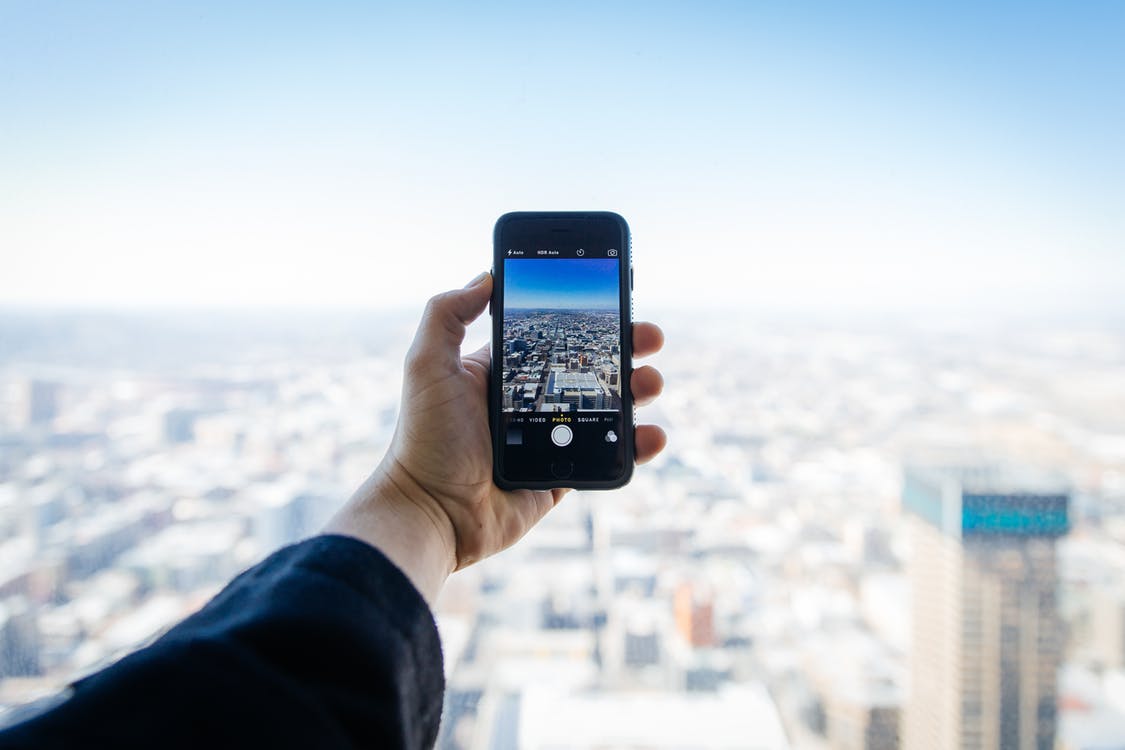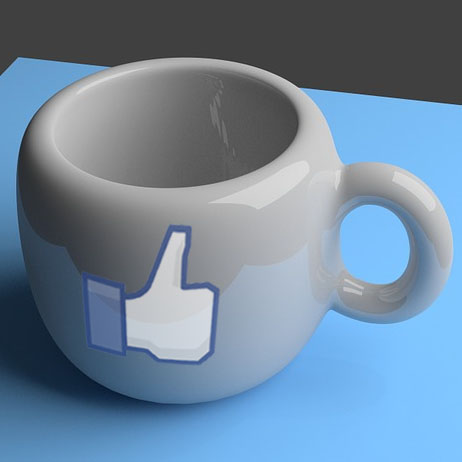 When it comes to knowing the future technological trends, yes there is an element of educated guesswork and judgment, but the majority of the information is gained from field and digital research. For example when I was compiling information on what technological trends would be successful this year, I based my information on news stories, marketing data, articles, and one massive source was conferences and exhibitions from the largest global technology companies. It is conferences like the F8 conference hosted by Mark Zuckerberg himself which took place earlier this week, that gives you a flavour of what tech companies are up to in the following months. The great thing about conferences and exhibitions in April is they are a great indicator as to whether or not trends determined at the end of last year or earlier this year are actually being worked on, because chances are if the largest corporations aren’t investing in those trends, the possibility of them hitting the mass market is significantly diminished.
When it comes to knowing the future technological trends, yes there is an element of educated guesswork and judgment, but the majority of the information is gained from field and digital research. For example when I was compiling information on what technological trends would be successful this year, I based my information on news stories, marketing data, articles, and one massive source was conferences and exhibitions from the largest global technology companies. It is conferences like the F8 conference hosted by Mark Zuckerberg himself which took place earlier this week, that gives you a flavour of what tech companies are up to in the following months. The great thing about conferences and exhibitions in April is they are a great indicator as to whether or not trends determined at the end of last year or earlier this year are actually being worked on, because chances are if the largest corporations aren’t investing in those trends, the possibility of them hitting the mass market is significantly diminished.
 One of the biggest things coming out of F8 is that Facebook are placing a significant amount of interest into the world of augmented reality. As described in my technological trends piece, augmented reality started gaining wide attention last year with the introduction of one of the most popular mobile games ever made, which had an augmented reality element. Facebook’s F8 conference’s big message this year was that your mobile device camera is destined for so much more than just taking pictures. What Facebook are aiming to achieve is a secondary augmented layer that, using your camera, is overlaid when looking at your smartphone screen. An example of this could be holding your camera up to the front of a restaurant and you are able to see other people’s reviews, access to the menu and book a table at the click of a button.
One of the biggest things coming out of F8 is that Facebook are placing a significant amount of interest into the world of augmented reality. As described in my technological trends piece, augmented reality started gaining wide attention last year with the introduction of one of the most popular mobile games ever made, which had an augmented reality element. Facebook’s F8 conference’s big message this year was that your mobile device camera is destined for so much more than just taking pictures. What Facebook are aiming to achieve is a secondary augmented layer that, using your camera, is overlaid when looking at your smartphone screen. An example of this could be holding your camera up to the front of a restaurant and you are able to see other people’s reviews, access to the menu and book a table at the click of a button.
 So why are we so bothered about augmented reality, the truth is at the moment at least, augmented reality needs a visual trigger in order for the augmented layer to kick in, now this visual trigger can be anything, a painting, a magazine, a screen print…. You can see where we are going with this, we are in the printing and branding business if our products can be used as triggers for augmented reality not only does that work fantastically for the world of augmented reality, but if gives promotional products another layer of depth. The example Mark used when talking about augmented reality involved coffee mugs, now imagine if these coffee mugs were branded, you are taking a simple affordable promotional product, and using it in a technological revolution.
So why are we so bothered about augmented reality, the truth is at the moment at least, augmented reality needs a visual trigger in order for the augmented layer to kick in, now this visual trigger can be anything, a painting, a magazine, a screen print…. You can see where we are going with this, we are in the printing and branding business if our products can be used as triggers for augmented reality not only does that work fantastically for the world of augmented reality, but if gives promotional products another layer of depth. The example Mark used when talking about augmented reality involved coffee mugs, now imagine if these coffee mugs were branded, you are taking a simple affordable promotional product, and using it in a technological revolution.